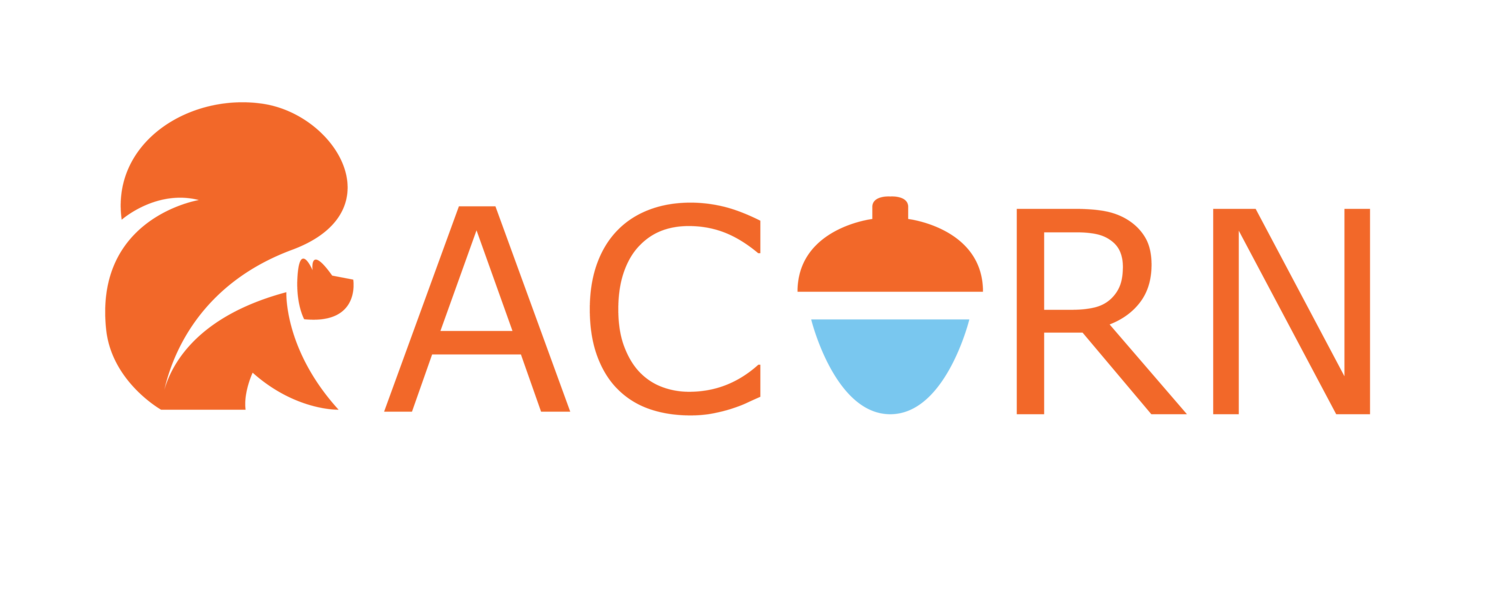When the Nintendo Switch first launched, I was a little reluctant to get on the hype bandwagon. I simply couldn’t see such a small device performing at the level of competitor consoles and the idea of a modular control system felt fraught with issues like damaged hardware and lost peripherals.
But competing with the other consoles was never its objective.
I became hooked. As a player, I started my gaming journey on PC. Years later, working in gaming, I had a little less time for mods, hardware upgrades and updates and found myself gravitating more towards living-room consoles where I could relax with the little time I had available to play and enjoy polished titles safe in the knowledge they would just ‘work’. With the explosion of indie gaming in 2008, my tastes began to shift more from the triple-A blockbusters towards innovative, deeply personal and heartfelt indies. However only a handful of the best games made it to console, and with the emergence of new genres on PC, the landscape was once again muddied.
When Nintendo launched the Switch, I was working very closely with publisher, Digerati. We worked hard to launch a number of titles in the first few months of the Switch’s launch and I received a console to support our work. Despite my initial reservations. I began to use it daily. Nintendo had done their research and the hardware was stable, strong and reliable. No broken Joy-Cons, no lost peripherals. Simply picking up the Switch to play was far easier than loading up the PC, or commanding the living room with the PS4 or XBOX for a short session. My habits changed. Instead of playing games in chunks of 1-2 hours of an evening, I began to play in short bursts, 15 minutes here and there, 30 minutes over lunch etc. As a result, I was able to play far more games. Nintendo was keeping my new addiction in steady supply too. They made the process for launching a game on Switch much simpler and easier than the other platform holders. Like the other consoles, it just worked - but for the first time, here was a console with range. Digerati were fortunate to have a string of hits during the initial gold rush and I found myself discovering more and more games through new features like the wishlist system, taken directly from Steam.
The ease of launching games on Switch has had its drawbacks, but overall I and many others like me have been introduced to a far wider spectrum of games than we otherwise would have. New gamers, kids growing up around the time of the Switch’s launch have been playing on mobile devices since they were strong enough to hold one and the Nintendo Switch landed at the ideal time to begin to introduce a generation to the hobby. Both mobile friendly kids and time-poor adults enjoy Switches with delight.
Yesterday was the launch of the Nintendo Switch 2 and I was excited to receive my console and put it through its paces. I’m impressed with the changes to the Nintendo eShop, new search capabilities and filters that appear to do a better job of focusing the quality content up top. Indies still have a place front and centre on the machine, even if the ‘gold rush’ of the first Switch is a far cry from yesterday’s sales numbers. But I’m most excited to see new life stirring in the software giant. With mobile and PC growing year on year, the Nintendo Switch 2 is again at a perfect point to start to capture new gamers already familiar with touch controls and mouse inputs - both of which are exceptionally accurate on the Switch 2. Hardware upgrades including 4K output and HDR help the console compete in the living room too.
The Switch isn’t competing with the consoles. It’s doing its own thing. Once again, I’m in my Switch era.

